Socio-economic influences on soil-borne pathogenic fungi in urban greenspaces
Published in Ecology & Evolution

Undoubtedly, fungal communities are vital to global biogeochemical cycles. They often attract attentions in agricultural applications (for food production) and/or medical researches (for human health). What is commonly missed is the connection between them. Many soil-borne fungal pathogens end up in contact with humans. The importance and urgency of understanding the factors associated with soil-borne animal and human pathogenic fungal communities, at global as well as local scales, have long been neglected. It was previously revealed that soils in urban greenspaces contain a higher proportion of fungal plant pathogens than natural ecosystems. However, the identification and the ecology of soil-borne fungal animal pathogens remain poorly understood. For example, one of the fundamental but the unanswered question is: whether similar or contrasting socio-economic factors influence potential soil-borne fungal human and animal pathogens across spatial ranges, from global to local scales?
In this regard, we combined a global field survey (including natural and urban greenspaces in 56 municipalities from 17 countries spanning over six continents) with a high-resolution local soil survey (311 soil samples across 16 administrative districts in Shanghai urban greenspaces) to understand the association between human population and/or economic factors and the proportion of potential soil-borne fungal human and animal pathogens (recently published in Nature Cities, DOI: 10.1038/s44284-024-00073-1). By employing amplicon sequencing targeting the internal transcribed spacer (ITS) region and utilizing the FUNGuild database, we have identified and characterized the diversity of soil-borne pathogenic fungi. Through statistical analyses for each dataset (global and Shanghai, independently), we were able to draw conclusions at both global and local scales.
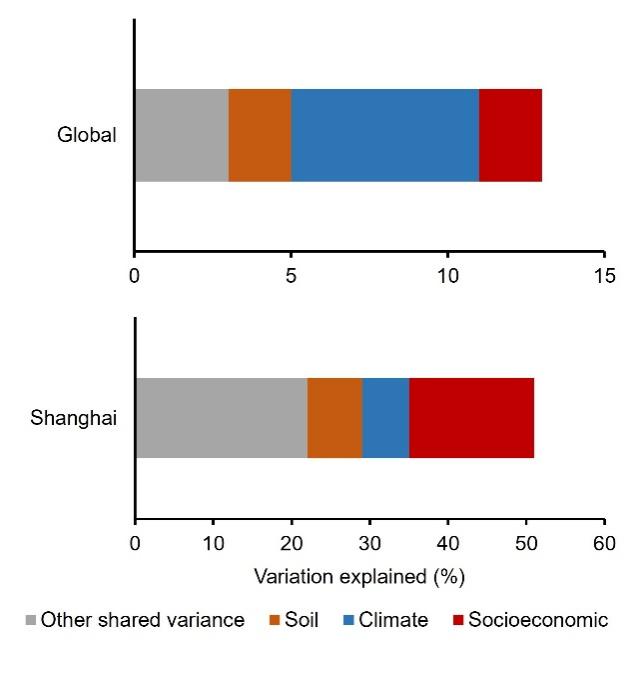 Figure 1. Relative contribution of the different predictors used to model fungal animal pathogens composition in urban greenspaces at the global (a) and local (b) scales
Figure 1. Relative contribution of the different predictors used to model fungal animal pathogens composition in urban greenspaces at the global (a) and local (b) scales
We found Trichosporon and Metarhizium are the dominant soil-borne animal pathogens at both global and local scales. Socioeconomic factors explained unique portions of the variation (that is, variation not accounted for by other factors) in fungal animal pathogen composition in urban greenspaces. Pathogenic fungi Trichosporon and saprotrophic fungi Aspergillus and Cryptococcus exhibited positive correlations with population density. Therefore, a higher population density is associated with an increase in the abundance of potential human pathogens such as Trichosporon spp., potentially leading to a higher incidence of illness. However, increasing GDP per capita and enhancing the availability of affordable and adequate healthcare services in major urban centres in low- and middle-income countries can mitigate the abundance of Trichosporon and reduce the risk of human infections caused by this soil-borne pathogen.
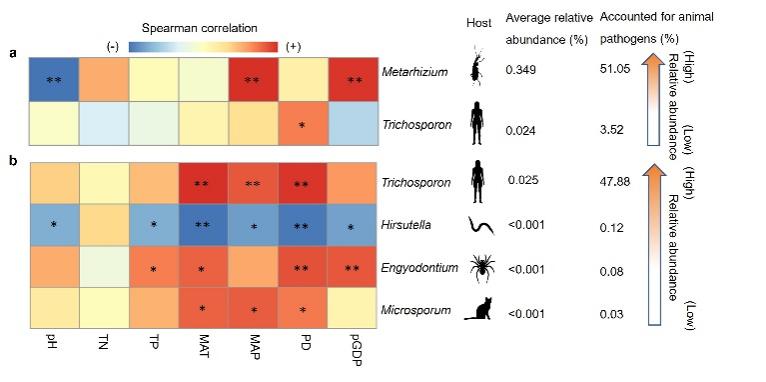
Figure 2. Significantly associated dominant animal pathogens with socioeconomic factors at the global (a) and local (b) scales.
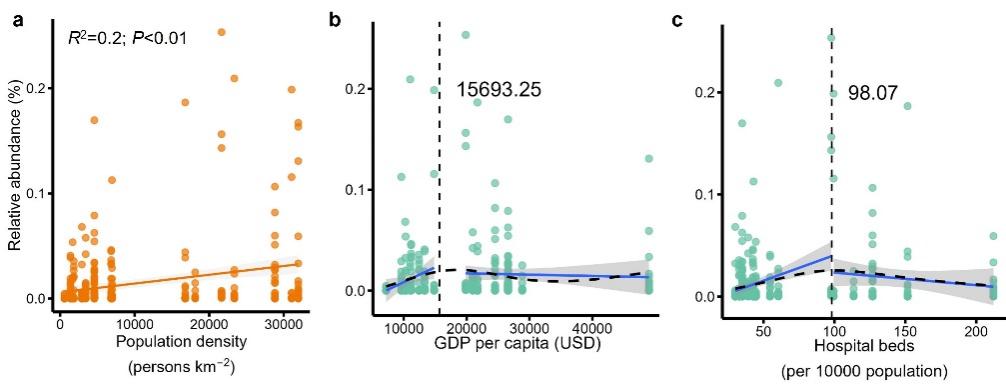
Figure 3. Linear and non-linear responses of the relative abundance of Trichosporon to population density (a), GDP per capita (b) and hospital beds (c) in urban greenspaces at the local scale.
Our study highlights the connection between anthropology and pathogenic microbiome of cities. Low economic status and high population density are positively correlated to the large proportions of soil-borne animal and human pathogens, and subsequently, a high incidence of illness. However, expanding the provision of affordable and adequate healthcare in low- and middle-income countries can help in curbing the abundance of Trichosporon. The paper is available at the following URL: https://www.nature.com/articles/s44284-024-00073-1.
Youzhi Feng, Nanjing Forestry University
Ruirui Chen, Nanjing Forestry University
Follow the Topic
-
Nature Cities

This journal aims to deepen and integrate basic and applied understanding of the character and dynamics of cities, including their roles, impacts and influences — past, present and future.

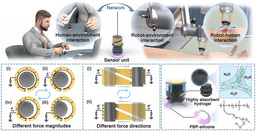

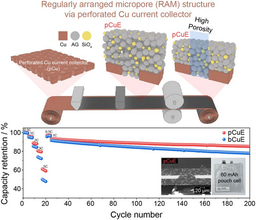
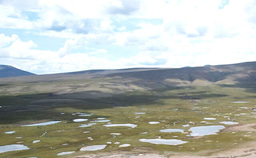
Please sign in or register for FREE
If you are a registered user on Research Communities by Springer Nature, please sign in